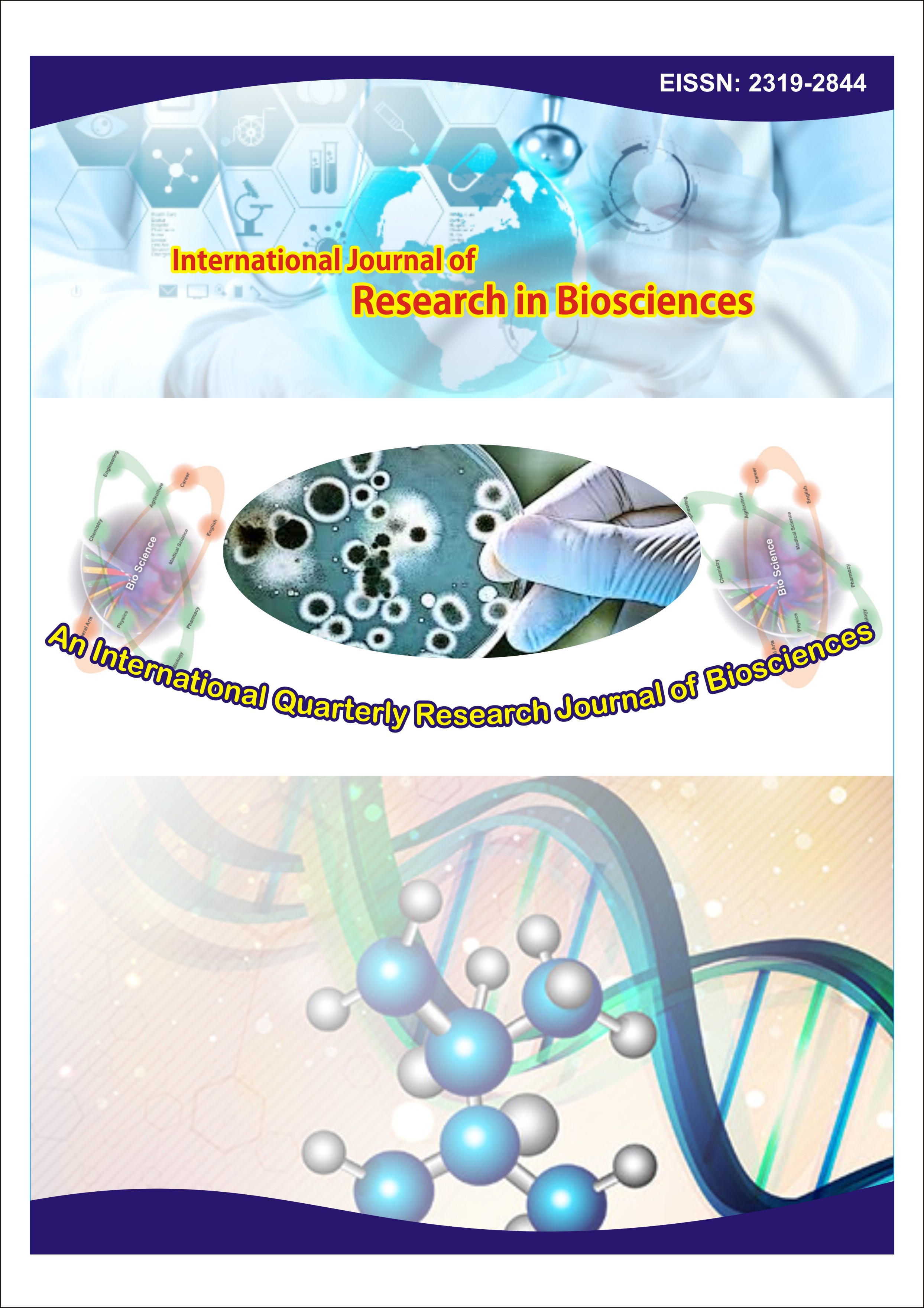Evaluation of genetic diversity of cultivated and spontaneous accessions of cowpea (Vigna unguiculata Walp) in BURKINA FASO
Keywords:
Vigna unguiculata, cowpea, agro-morphological variability, Burkina FasoAbstract
In Burkina Faso, cowpea [Vigna unguiculata (L.) Walp] is the fourth largest crop after sorghum, maize and millet and the first interest economic food legume. Its techniques of cultivation and its yields experienced a substantial improvement in recent years. Nevertheless, recurrent attacks of fungi including Macrophomina phaseolina constitute a serious threat to the continuous improvement of its performance. In order to support sustainable way, cowpea production making the most of its genetic resources, an evaluation of the primary gene pool was performed. The objective of the study is to determine the level and structure of agro-morphological diversity and to identify characters and accessions of interest that could be used in breeding programs for the fight against fungal diseases Macrophomina phaseolina. Thus, 89 entries of cowpea consisting of 26 wild forms, 16 local ecotypes and 47 cultivars were characterized during raining season 2014 in a device of blocks of Fisher with three replications using 16 quantitative and 8 qualitative traits. The results showed that all quantitative traits discriminate accessions and that most accessions appreciated by cowpea producers and consumers have crawling ports (52.81%) with scarce to abundant foliage (87.53%), white beans (51.69%) and kidney-shaped (65.17%). Diversity was also observed between biological types and within each biological type. The 89 accessions were distributed into 4 groups based essentially on the characteristics of the vegetative system, cycle and performance. Group I consists of accessions with the lowest yields (PGP = 6,61 g and PCG = 4.1 g) and the longer cycles (74.82 JAS) while Group II contains the smallest accessions size (9.75 cm) and late flowering (47.9 JAS). Group III consists of the earlier accessions (39 j) and the highest yields (CG = 17.34 g). The fourth group consists of the highest accessions to the longest pod (136.54mm), the broader seed and long cycle (73.94 JAS). Groups II disease resistant and III and IV groups could be used in cowpea breeding programs.





